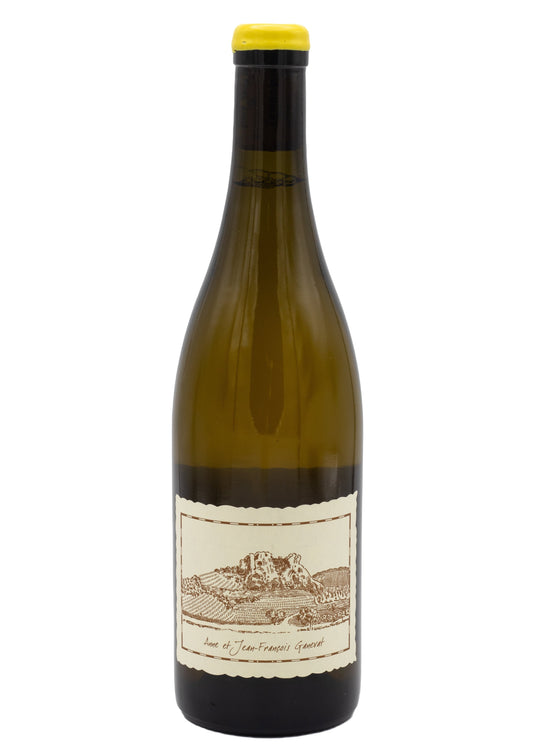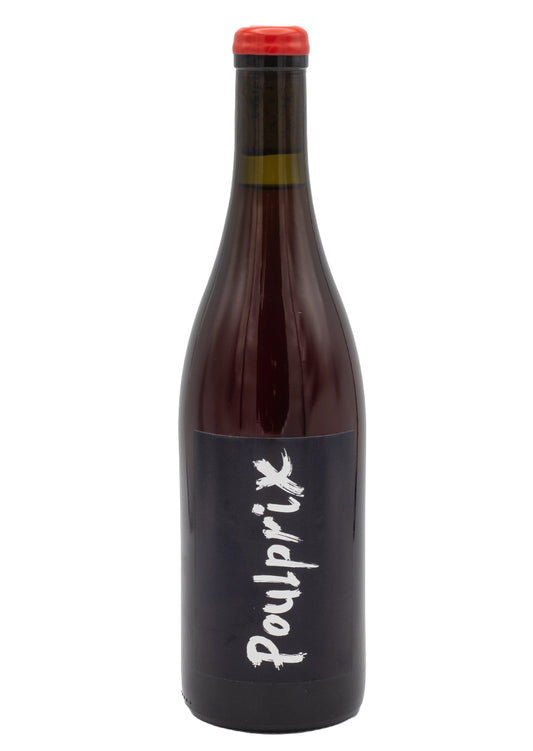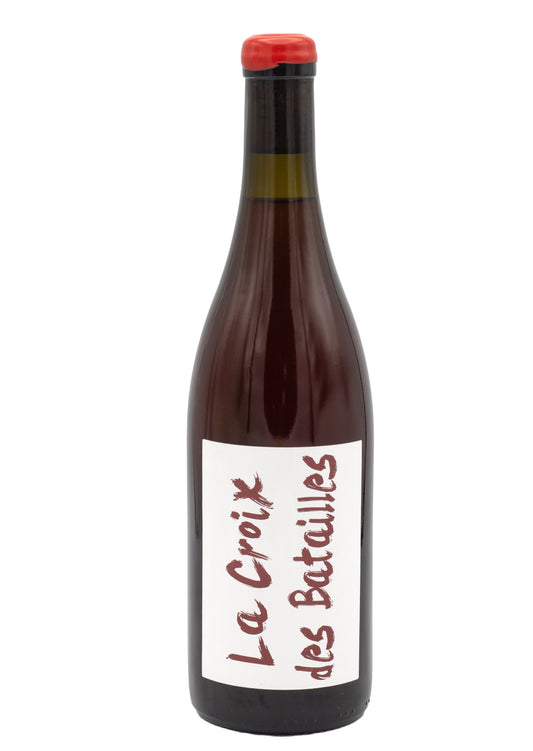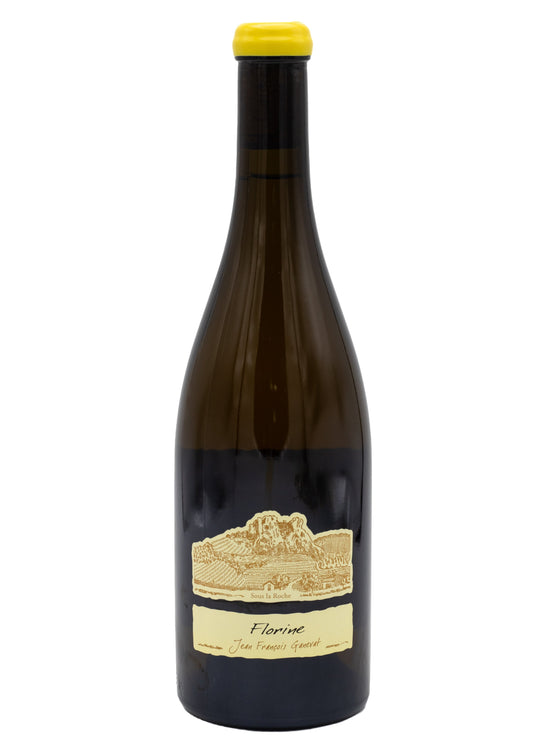DOMAINE GANEVAT
ANNE & JEAN-FRANÇOIS GANEVAT
Jura, France
Also known as Fanfan, Ganevat’s iconic wines wouldn't need any introduction. Taking over his historic family estate in 1998, converting everything into biodynamics by 2006. Based in the charming hamlet of Rotalier, the Estate is only 8.5 hectares and the yields are low. Jean-François practices single-parcel selection ( 1 soil type, 1 grape variety = one cuvée). As a result, the estate gives birth to 40+ different, extraordinary, and very rare cuvées every year. 2017 was a catastrophe in the Jura: the region was hit by a terrible frost, and Ganevat lost 95% of their vines. This is when François and his sister Anne decided to start the négoce and spread their net further.
-
Ganevat Négoce Savagnin Montferrand 2019
Regular price HK$750.00Regular priceUnit price / per -
Ganevat Négoce Poulprix 2021 - SOLD OUT
Regular price HK$390.00Regular priceUnit price / per -
Ganevat Négoce La Croix des Batailles 2021
Regular price HK$400.00Regular priceUnit price / per -
Domaine Ganevat Florine 2018
Regular price HK$950.00Regular priceUnit price / per
BACKGROUND OF NATURAL WINE IN JURA
Jura region is nestled in the eastern corner of France, bordering Switzerland. This cool-climate region is characterised by its steep slopes and diverse terroirs, which include clay, limestone, and marl soils. Key grape varieties are Savagnin, used to make the unique Vin Jaune, and Chardonnay for age-worthy whites; and Poulsard, Trousseau, and Pinot Noir for reds. Jura is renowned for its oxidative winemaking techniques such as sous voile ageing, which gives its whites a nutty, complex character, while its reds are known for their light body and vibrant fruit flavours.
Organic, Biodynamic and Natural wine. What’s the difference?
To understand this concept and its various ramifications, it is necessary to keep something clear in mind: before the 20th century and the spreading of affordable synthetic fertilisers, all farming was organic. When the shift to the use of synthetics and pesticides happened, it became necessary to diversify traditional organic farming from the new modern farming.
ORGANIC WINE
Simply put, organic farming forbids the use of synthetic fertilisers, synthetic pesticides, herbicides, or genetically modified organisms. The basic requirements are generally specific and engage the farmers not to use any chemical fertilisers and other synthetic products in the vineyard. It does not prevent the vintner from using the conventional winemaking process after harvesting.
BIODYNAMIC WINE
Let’s take organic farming one step further: Biodynamic. The creator of this agricultural system is the Austrian philosopher Rudolf Steiner, who developed the principles of biodynamics in a series of lectures given in 1924 in Germany. Here lies the foundation of true organic wines, with a strict limit in the use of additives, stringent requirements and at the end obtaining a biodynamic certification.
NATURAL WINE
The previous definitions are usually, and rightfully, associated with it, because most natural wine is also organic and/or biodynamic. But not vice versa!
Natural wine is wine in its purest form, simply described as nothing added, nothing taken away, just grapes fermented. No manipulation whatsoever, minimal intervention both in the vineyards and in the winery. Healthy grapes, natural yeast and natural fermentation, with no filtration nor fining. Sounds easy, right? However, making natural wine is unforgiving and it requires a bigger amount of work than conventional wine. To this day, natural wine has no certification yet.









